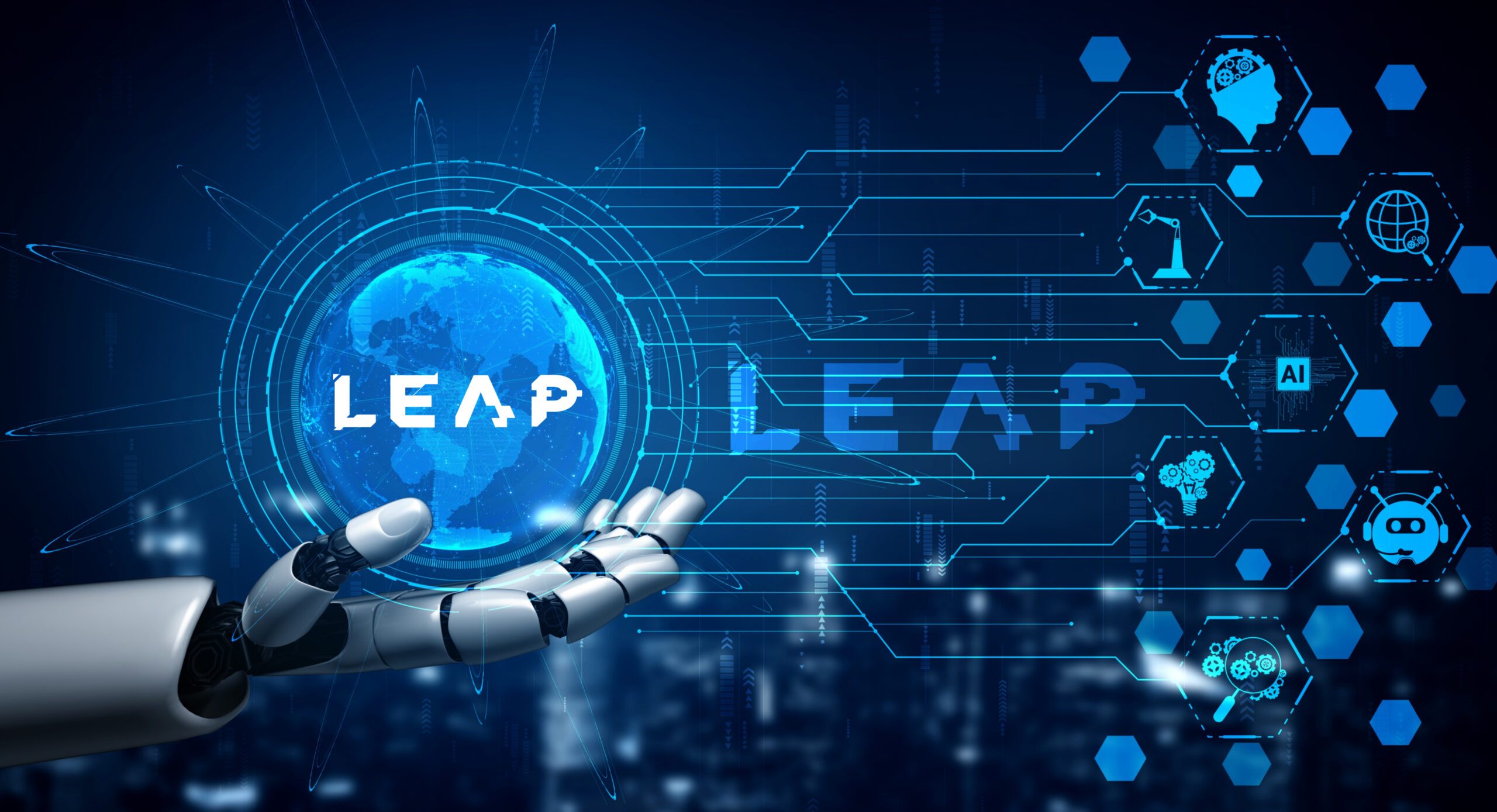Introduction:
Artificial intelligence (AI) is no longer confined to the realm of science fiction; it’s an integral part of our daily lives, influencing the way we shop, search for information, and even enjoy entertainment on platforms like Netflix. The ubiquity of AI is set to increase, impacting various professions, from factory workers to engineers. Understanding speech on AI is not just a technological curiosity; it’s a gateway to comprehending how technology enhances our lives and presents numerous career opportunities in this rapidly evolving field.
What is artificial intelligence?
At its core, AI involves simulating human intelligence and task performance using machines, particularly computer systems. This encompasses a broad spectrum of activities, including recognizing patterns, making decisions, experiential learning, and natural language processing. The applications of AI span various industries such as healthcare, finance, and transportation, playing a pivotal role in driving technological advancements.
Why learn AI?
Learning AI is crucial as it represents a revolutionary technology reshaping how we live, work, and communicate. With organizations globally collecting vast amounts of data, AI serves as the key to making sense of this information. Furthermore, a career in AI is not only intellectually stimulating but also financially rewarding, with AI engineers earning a median salary of $157K – $264K per year, according to the Glassdoor Statistics.
Artificial Intelligence vs. Machine Learning:
Understanding the distinction between AI and machine learning (ML) is essential. AI is the overarching concept where machines mimic human thinking, while ML, a subset of AI, involves training algorithms on data to perform specific tasks. AI encompasses various methods, with ML being just one of them.
How Long Does It Take to Learn AI?
The time required to learn AI depends on factors such as prior knowledge, career intentions, and background. Those with a foundational understanding of math and statistics may progress faster. Career goals also play a role; comprehensive education is necessary for pursuing an AI-focused career compared to individuals enhancing their existing data analytics role. The time required to learn artificial intelligence varies based on several factors, including:
1. Prerequisite knowledge:
If you already have a solid foundation in math and statistics, you can directly focus on acquiring AI skills and tools.
2. Career goals:
Those aiming for a career in AI will need a more extensive education compared to individuals seeking to enhance their data analytics expertise.
3. Background knowledge:
Transitioning from a different major or field will likely require more time to learn AI compared to someone already working in the tech industry with a basic understanding of the specialized terminology.
How to Learn Artificial Intelligence:
1. Create a Learning Plan:
Developing a learning plan is crucial. Assess your current knowledge level, career intentions, and preferred learning method (degree program, bootcamp, or self-taught through online courses).
2. Master Prerequisite Skills:
Before delving into AI, ensure a solid foundation in basic statistics and math (calculus, probability, and linear algebra), and cultivate curiosity and adaptability.
3. Start Learning AI Skills:
Progress to learning programming languages (Python, R), data structures, data science, machine learning, and deep learning.
4. Get Familiar with AI Tools:
Understand and use AI tools and libraries such as NumPy, Scikit-learn, TensorFlow, and PyTorch, aligning with your chosen programming language.
The 4 Types of Artificial Intelligence:
As researchers strive to develop more sophisticated forms of artificial intelligence, they are also working to establish more refined definitions of intelligence and consciousness. In their pursuit of clarity, researchers have identified four types of artificial intelligence.
1. Reactive Machines:
Reactive machines are the most basic form of artificial intelligence. These machines lack any knowledge of past events and can only “react” to current inputs. As a result, they can perform specific tasks within a narrow scope, such as playing chess, but are unable to operate beyond their immediate context.
2. Limited Memory Machines:
Machines with limited memory have a partial understanding of past events and can interact more extensively with their environment compared to reactive machines. For example, self-driving cars use limited memory to make turns, observe approaching vehicles, and adjust their speed. However, their understanding of the world is incomplete due to their restricted recall of past events within a narrow timeframe.
3. Theory of Mind Machines:
Machines with a “theory of mind” represent an early stage of artificial intelligence speech. In addition to creating representations of the world, these machines would also have an understanding of other entities within the world. However, this level of AI has not been realized at present.
4. Self-Aware Machines:
Machines with self-awareness are the most advanced theoretical form of AI and would possess an understanding of the world, others, and themselves. This is what most people refer to when discussing the achievement of AGI (artificial general intelligence). Currently, this remains a distant prospect.
Conclusion:
Artificial intelligence is a vast and exciting field that offers both intellectual fulfillment and promising career prospects. Whether you’re looking to understand the technology shaping our future or considering a career in AI, this beginner’s guide provides a roadmap to embark on your journey into the world of artificial intelligence.





